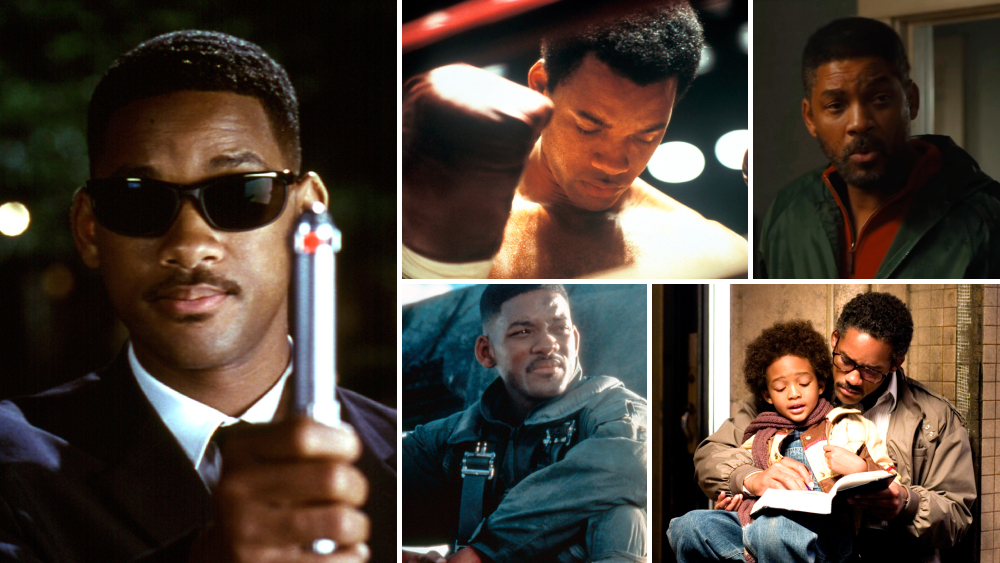The world of performing arts is vast and diverse, with various mediums for actors to showcase their talents. However, two forms that are often compared are theater and film. Both have their unique strengths and challenges, making them distinct from each other. As an audience member, it’s easy to appreciate the final product without considering the process behind it. But as we delve deeper into the world of acting, we realize the fundamental divide between the stage and the screen, which goes beyond just the technical aspects. In this blog post, we will explore the differences between theater and film, specifically in terms of acting styles and audiences.
Table of Contents
ToggleActing Styles: From Larger-Than-Life to Subtle Nuance
As an audience member, one of the first things we notice about a play or movie is the acting style. Theater and film have different approaches when it comes to portraying characters and delivering emotions. While both require a level of skill and dedication, the techniques used are quite distinct.
Theatrical Performance: Emphasizing on the “Bigger Picture”
Theater is often referred to as a live performance, where actors interact with the audience in real-time. This allows for a more intimate and direct connection between the performers and the viewers. The theatrical experience relies heavily on the actor’s ability to project their voice and movement to reach the entire audience. Hence, the acting style in theater is often larger-than-life, with exaggerated expressions and dramatic movements.
One of the essential elements of theatrical acting is the concept of “the fourth wall,” where the audience becomes the invisible spectator, observing the events unfold on stage. This means that the actors need to convey their emotions and intentions through their actions and dialogue, making it easier for the audience to follow the story.
Table: Pros and Cons of Theatrical Performance
| Pros | Cons |
|---|---|
| – Direct connection with the audience | – Limited space for movement |
| – Real-time interaction with other actors | – Relying on vocal projection |
| – Emphasis on physical movement and expressions | – No second takes |
| – Maintaining energy throughout the entire performance | – Technical limitations |
Film Acting: Subtle Nuances and Multiple Takes
In contrast to theater, film acting is often described as more subtle and nuanced. This is because the camera captures every detail, even the tiniest of facial expressions, which may not be visible to the live audience in a theater. Therefore, film actors need to be more aware of their body language and facial expressions, as it can convey much more than words.
Moreover, unlike theater, film actors have the luxury of multiple takes. They can redo a scene until they get it right, without worrying about forgetting their lines or technical issues. This allows for a more polished and refined performance, making it easier for the audience to connect with the characters on a deeper level.
Table: Pros and Cons of Film Acting
| Pros | Cons |
|---|---|
| – Multiple takes to perfect a scene | – Lack of direct audience interaction |
| – Can explore different emotions and reactions | – Need for subtlety and control |
| – Focus on small details and nuances | – May feel disconnected from other actors |
| – Allows for more diverse roles and characters | – Dependent on the editing process |
Audience Engagement: Immediacy vs. Immersion

Another significant difference between theater and film is the way the audience engages with the performance. While both mediums offer a form of entertainment, the experience for the viewers varies significantly.
Theater: An Immediate and Intimate Connection
Theater is often described as a communal experience, where the audience shares a direct connection with the performers. In a theater, the audience is present in the same space as the actors, allowing for an immediate and intimate experience. This creates a unique energy in the room, making each performance different from the last.
Moreover, theater performances are usually longer than a film, ranging from two to three hours. The audience needs to be present for the entire duration, making it harder for them to disconnect from what’s happening on stage. This requires them to be actively engaged in the performance, making it a more interactive experience.
Unordered List: Why Theater is an Immediate Experience
- Shared space between actors and audience
- Live performances require full attention
- Longer runtime allows for a deeper connection
- Audience reaction affects the performance
Film: Immersing the Audience in a Different World
On the other hand, film offers a more immersive experience. With the use of advanced technology and special effects, filmmakers can create a world that is entirely different from our own. This transports the audience into a different reality, making it easier for them to lose themselves in the story.
Moreover, unlike theater, the audience has the choice to pause or rewind scenes, making the experience more personal and customizable. This also allows for a more convenient viewing experience, as films are often shorter than theater performances.
Unordered List: Why Film is an Immersive Experience
- Advanced technology creates a different world
- Personal viewing experience with choices to pause or rewind
- Shorter runtime makes it easier to stay focused
- Special effects add to the visual experience
Technical Considerations: The Impact of Medium on Performance

Apart from the acting styles and audience engagement, another significant difference between theater and film is the technical aspects of both mediums. Both have their limitations and requirements, which can greatly affect an actor’s performance.
Theater: Limited Space and No Second Takes
Theater performances take place on a stage, which means there is limited space for actors to move around. This requires the performers to be mindful of their movements while conveying emotions and delivering dialogue. They also have to take into consideration the set design, props, and other technical elements, all while maintaining their performance.
Moreover, in a theater, there are no second takes. Actors need to deliver their best performance on the first try, without any room for mistakes. This requires a high level of skill and dedication, as they need to be fully immersed in their character and the story.
Table: Technical Considerations in Theater
| Pros | Cons |
|---|---|
| – Intimate connection with audience | – Limited space for movement |
| – Real-time interaction with other actors | – No second takes |
| – Need to incorporate technical elements into performance | – Relying on vocal projection |
Film: Manipulating Time and Space
In contrast to theater, film allows for more control over time and space. Filmmakers can manipulate the environment, use different camera angles and shots, and even add special effects to enhance the overall experience. This gives actors the freedom to explore different emotions and reactions, without being limited by physical constraints.
However, this also means that actors need to be adaptable and aware of their surroundings, as they may not always be in the same place or environment during filming. Moreover, the actor’s performance is dependent on the editing process, which can greatly change the final product.
Table: Technical Considerations in Film
| Pros | Cons |
|---|---|
| – Multiple takes to perfect a scene | – Disconnection from other actors |
| – Can explore different emotions and reactions | – Dependent on the editing process |
| – Focus on small details and nuances | – Requires adaptability and awareness |
| – Allows for more diverse roles and characters | – May feel disconnected from the environment |
The Evolution of Acting: Bridging the Gap Between Theater and Film

With advancements in technology and the blurring of lines between different forms of media, the divide between theater and film is becoming less apparent. Actors are now required to have a diverse set of skills, as they may need to perform on both stage and screen.
Moreover, with the rise of digital media, actors are now able to reach a wider audience through platforms such as YouTube, Instagram, and TikTok. This has given them the opportunity to explore different acting styles and techniques, making it easier for them to transition between theater and film.
However, despite this evolution, there will always be a fundamental divide between the two mediums, which allows for each to maintain its unique strengths and contributions.
The Enduring Power of Both: Unique Strengths and Contributions

Both theater and film have their unique strengths and contributions, which have allowed them to endure throughout the years. Theater offers an immediate and intimate experience, while film immerses the audience in a different world. Each has its own challenges and technical considerations, but these differences have also led to groundbreaking performances that have impacted audiences worldwide.
In terms of acting styles, the larger-than-life approach in theater has given us iconic characters and memorable performances, while the subtle nuances of film have allowed for a deeper connection with the characters on screen. Furthermore, the technical advancements in both mediums have opened new doors for artistic expression, pushing the boundaries of what we thought was possible.
Conclusion
In conclusion, theater and film are two distinct worlds that offer unique experiences for both actors and audiences. While their differences may seem vast, they have both contributed significantly to the world of performing arts. As we continue to see the evolution of acting and storytelling, it’s important to appreciate the fundamental divide between the stage and the screen, as it allows us to understand and appreciate the strengths and contributions of both mediums.








